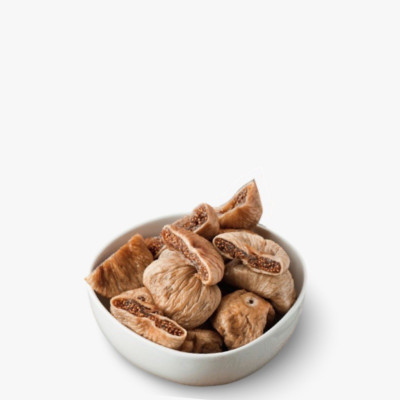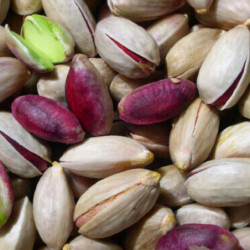Imagine the pleasure of tasting a Turkish fig fresh, its juicy interior wrapped in a soft and sweet skin. It's an experience you'll want to repeat over and over again! Don't wait any longer to try the delicious Turkish figs. Buy yours today and enjoy this wonder of nature in your next snack or dessert!
Morphology of Turkish Figs
They are fruits of the fig tree, with a characteristic pear or teardrop shape. They have a thin and smooth skin that can vary in color from light green to dark purple, depending on the variety and degree of ripeness. The interior is filled with a juicy and sweet pulp, which contains small edible seeds.
Components and Nutrients
These delicious fruits are loaded with nutrients, including fiber, vitamins (such as vitamin A, vitamin K, and some B vitamins), minerals (such as potassium, calcium, magnesium, iron, and phosphorus), as well as antioxidants. Additionally, they are naturally low in calories and fats.
Origin and History of Figs
They are one of the oldest fruits known to man, and it is believed that their cultivation originated in the Mediterranean region, including Turkey. They have been part of the human diet since ancient times, and have been used both as food and in traditional medicine.
Varieties and Cultivation
There are several varieties of Turkish figs, each with its own distinctive characteristics in terms of flavor, size, and color. Some of the most popular varieties include Calimyrna, Brown Turkey, Black Mission, and Kadota figs. Turkey is one of the main producers and exporters of figs worldwide.
Culinary Uses
Turkish figs are extremely versatile in the kitchen and can be enjoyed both raw and cooked. They can be eaten alone as a snack, added to salads, mixed in yogurts or cereals, made into jams, chutneys or sauces, and they can also be used in the preparation of desserts such as cakes, tarts, and ice creams.
Special Dishes
In Turkish cuisine, figs are used in a variety of special and traditional dishes. For example, they can be served with feta cheese as an appetizer, wrapped in ham as an appetizer, or even stuffed with nuts and honey as a dessert.
Curiosities
An interesting curiosity about figs is that, technically, they are not fruits but an inverted floral structure, known as "syconium". Additionally, figs are an important source of pollination for some species of wasps, which are essential for their reproduction process.























